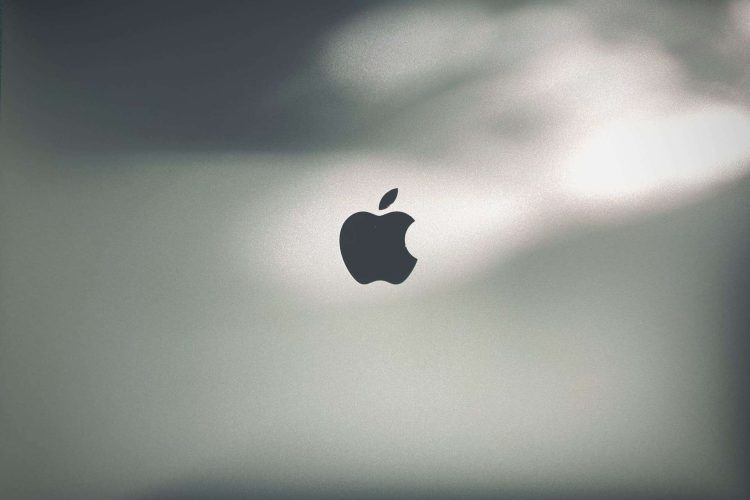Apple is starting to utilise generative artificial intelligence to aid in the design of the chips that power its devices. The company’s hardware chief, Johny Srouji, made that clear during a speech last month in Belgium. He said Apple is exploring AI as a way to save time and reduce complexity in chip design, especially as chips grow more advanced.
“Generative AI techniques have a high potential in getting more design work in less time, and it can be a huge productivity boost,” Srouji said. He was speaking while receiving an award from Imec, a semiconductor research group that works with major chipmakers around the world.
He also mentioned how much Apple depends on third-party software from electronic design automation (EDA) companies. The tools are key to developing the company’s chips. Synopsys and Cadence, two of the biggest EDA firms, are both working to add more AI into their design tools.
From the A4 to Vision Pro: A design timeline
The comments made by Srouji gave us an insight into the internal process of Apple. He paced along the development of Apple, beginning with A4 chip in the iPhone 4 that was introduced in 2010. Ever since, Apple has developed a line of proprietary chips, such as those found in the iPad, the Apple Watch, and the Mac. It also created the chips on which the Vision Pro runs.
According to him, hardware is not primary; the major task is design. Chip design has increasingly become complicated, and it now needs close coordination between software and hardware. Srouji stated that AI can make such coordination even quicker and more foolproof.
Why Apple is working with Broadcom on server chips
At the end of 2024, Apple had quietly started a secret project to design the first generation of its own AI server chip in cooperation with chip supplier Broadcom. Reportedly, their chips, called internally as Baltra, form a greater part of the effort to allow Apple to provide more AI services on the backend. Those features involve capabilities related to Apple Intelligence, which is a new lineup of AI tools used on iPhones, iPads, and Macs.
It is predicted that Baltra will run Apple’s private cloud infrastructure. It will exist in servers, probably in Apple-owned data centres, unlike hardware-based products that run AI locally. It would assist in managing higher AI tasks that overwhelm chips on devices.
On-device vs. cloud: Apple’s AI infrastructure split
Apple is trying to balance user privacy with the need for more powerful AI features. Some of its AI tools will run directly on devices. Others will use server-based chips like Baltra. The setup is part of what Apple calls “Private Cloud Compute.”
The company says users won’t need to sign in, and data will be kept anonymous. But the approach depends on having a solid foundation of hardware, both in devices and in the cloud. That’s where chips like Baltra come in. Building its server chips would give Apple more control over performance, security, and integration.
No backup plan: A pattern in Apple’s hardware strategy
Srouji said Apple is used to taking big hardware risks. When the company moved its Mac lineup from Intel to Apple Silicon in 2020, it didn’t prepare a backup plan.
“Moving the Mac to Apple Silicon was a huge bet for us. There was no backup plan, no split-the-lineup plan, so we went all in, including a monumental software effort,” he said.
The same mindset now seems to apply to Apple’s AI chips. Srouji said the company is willing to go all in again, trusting that AI tools can make the chip design process faster and more precise.
EDA firms like Synopsys and Cadence shape the roadmap
Though Apple makes its chip design, it greatly relies on tools that other companies develop. Srouji discussed the role of vendors of EDA in the Apple chip projects. Both Cadence and Synopsys are also upgrading their software to include more AI functionality.
Recently, Synopsys has come up with a product known as AgentEngineer. It involves the use of AI agents to assist the designer of the chip in automating some of the repetitive tasks and automation intricate work processes. The point is that human engineers can concentrate on making decisions on higher levels. The reforms might render firms such as Apple capable of accelerating chip development.
Other areas that Cadence are also developing within the AI include this. The two companies are competing for the needs of technology companies, which desire quicker and low cost methods of designing chips.
What comes next: Talent, testing, and production
The more Apple sprinkles AI into its chip design, the more it will be forced to recruit new types of talent. That means not only the engineers who can handle AI tools, but also individuals who know what hardware and machine learning are.
Meanwhile, other chips such as Baltra should be tested and produced. Apple is probably going to maintain its dependence on partners such as TSMC for chip production. However, design work is being shifted more to in-house, whereby AI is also becoming a larger part of this shift.
Apple is yet to come up with a way would integrate these AI-designed chips into products and services. What is apparent, though, is that the company is attempting to extend its grip to the entire stack of the technologies hardware, the software and now the infrastructure that AI is based upon.





One Reply to “Apple hints at AI integration in chip design process”
Claudia Zieme
Your blog is a constant source of inspiration for me. Your passion for your subject matter shines through in every post, and it’s clear that you genuinely care about making a positive impact on your readers.